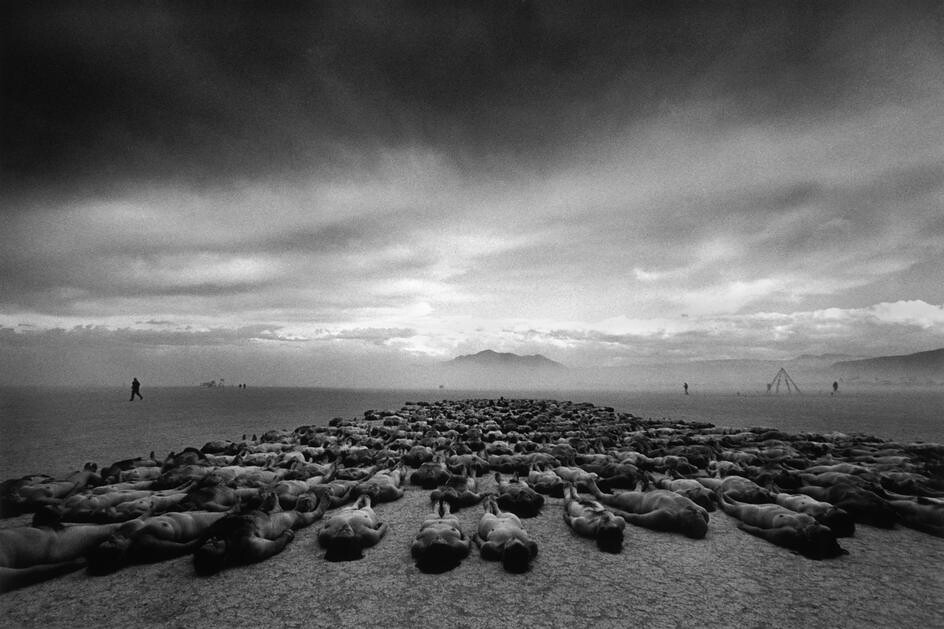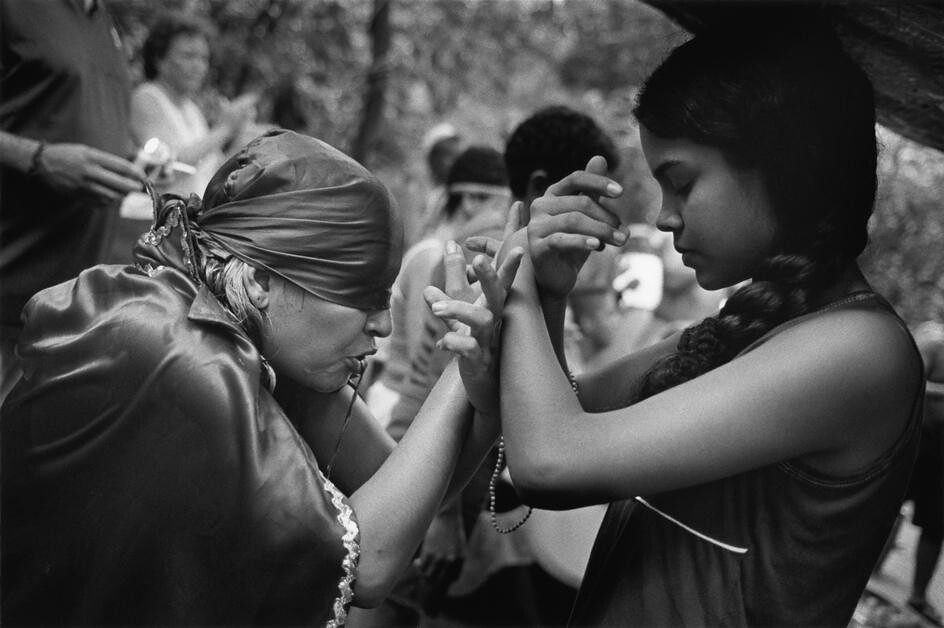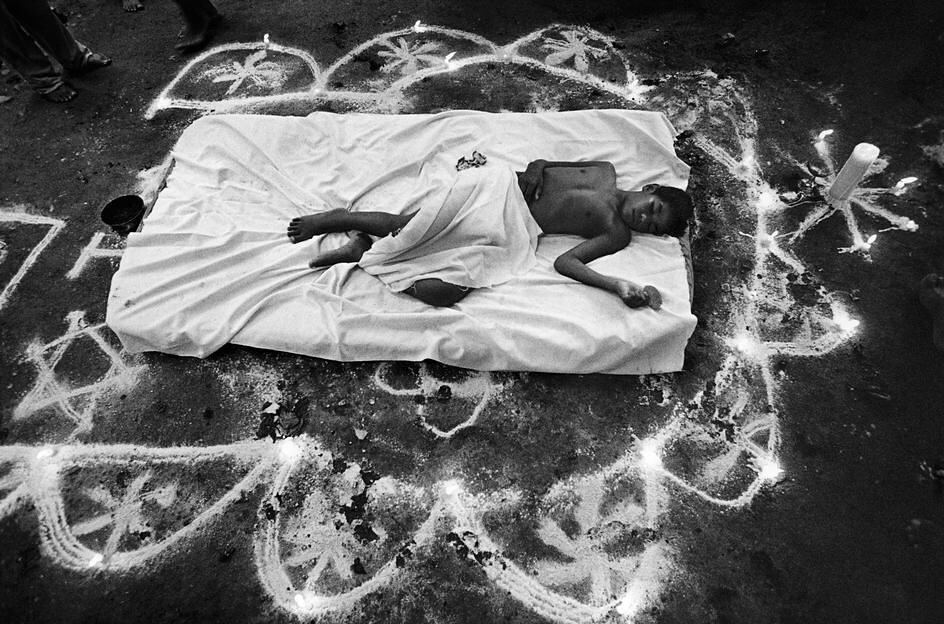
Fotografije i foto-eseji o glumljenim čistilištima.
Cristina Garcia Rodero Culto a Maria Lionza
A MAGNIFICENT PHOTO ESSAY BY CRISTINA GARCIA RODERO
I want to speak about the human being,
the dualities and contradictions of life;
The old traditions and the new rituals,
the natural and the supernatural,
religious and pagan,
pain and pleasure,
humans and gods,
spirit and body,
water and earth,
life and death.
- Cristina Garcia Rodero
MARIA LIONZA, FOTOS DE CRISTINA GARCÍA RODERO
CRISTINA GARCÍA RODERO EXPOSICIÓN DE FOTOS,MARIA LIONZA LA DIOSA DE LOS OJOS DE AGUA
















Burning Man Festival











María Lionza (pdf)
María Lionza is the central figure in one of the largest cults
in Venezuela. Her cult is a blend of African, indigenous, and
Catholic beliefs similar to the Caribbean Santería. She is revered
as a goddess of nature, love, peace, and harmony. She has
followers in many layers of Venezuelan society from small rural
villages to the modern capital of Caracas, where a statue stands
in her honor. The salsa singer Rubén Blades composed a song
in her honor. According to the legends, María Lionza was born
in 1502 to an Indian chief from the region of Yaracuy. She
was believed to be a well endowed and strong woman, riding
a big danta. It’s said that she reigned over the savage beasts,
and in her throne were authoctonal animals like turtles and
snakes. She is said to still live on the mountain of Sorte, where
her followers come to pay homage to her, calling her their
«Queen». Because of the tradition, the mountain of Sorte was
declared National Park in the 1980’s. The name María Lionza
comes from María de la Onza (Mary of the Jaguar), from the
full name «Santa María de la Onza Talavera del Prato de Nívar»
given by the Catholic Church to hide and christianize the cult.
Eventually the name was contracted to «María Lionza». The
María Lionza cult, while similar in most aspects to Santería, is
in fact a combination between Catholicism, indigenous beliefs,
Santería and European spiritism, especially the Allan Kardec
theories. The mountain of Sorte, in Yaracuy state, Venezuela,
is the principal place of María Lionza cult. There is where the
«Altar Mayor» or principal altar is, and is the main destination of
pilgrimage from other places in Venezuela and the Caribbean
came to pay homage. Even though pilgrims came here all year
round, the most important day is October 12. On this day, all
the principal shamans and priests of this cult come together to
pay homage to their Queen and many of them do a tribal show
called «Baile de las Brasas», where they do many old indigenous
dances including dancing over lit coals.


Cristina García Rodero was born in Puertollano, Spain. She studied painting at the School of Fine Arts at the University of Madrid, before taking up photography. She then qualified as a teacher and worked full-time in education. For the next 16 years, she also dedicated her time to researching and photographing popular and traditional festivities - religious and pagan - principally in Spain but also across Mediterranean Europe. This project culminated in her book España Oculta published in 1989, which won the «Book of the Year Award» at the Arles Festival of Photography. The same year, García Rodero also won the prestigious W. Eugene Smith Foundation Prize. The documentary and ethnological value of her work is considerable, but the esthetic quality of her photography makes it more than a simple visual record. In recent years, García Rodero has traveled around the world in search of other cultures with particular traditions. Over a period of four years, she went several times to Haiti, where she has documented voodoo rituals, producing a series of expressive portraits and moving scenes flanked by engaging documentary observations. Rituals in Haiti was
shown for the first time in the 2001 Venice Biennale. Cristina García Rodero has received many prizes, including the Premio Nacional de Fotografía in 1996 in Spain. Her work has been widely published and exhibited internationally. She has published several books and has been a member of the agency Vu for more than 15 years. Garcia Rodero joined Magnum in 2005.




Nema komentara:
Objavi komentar